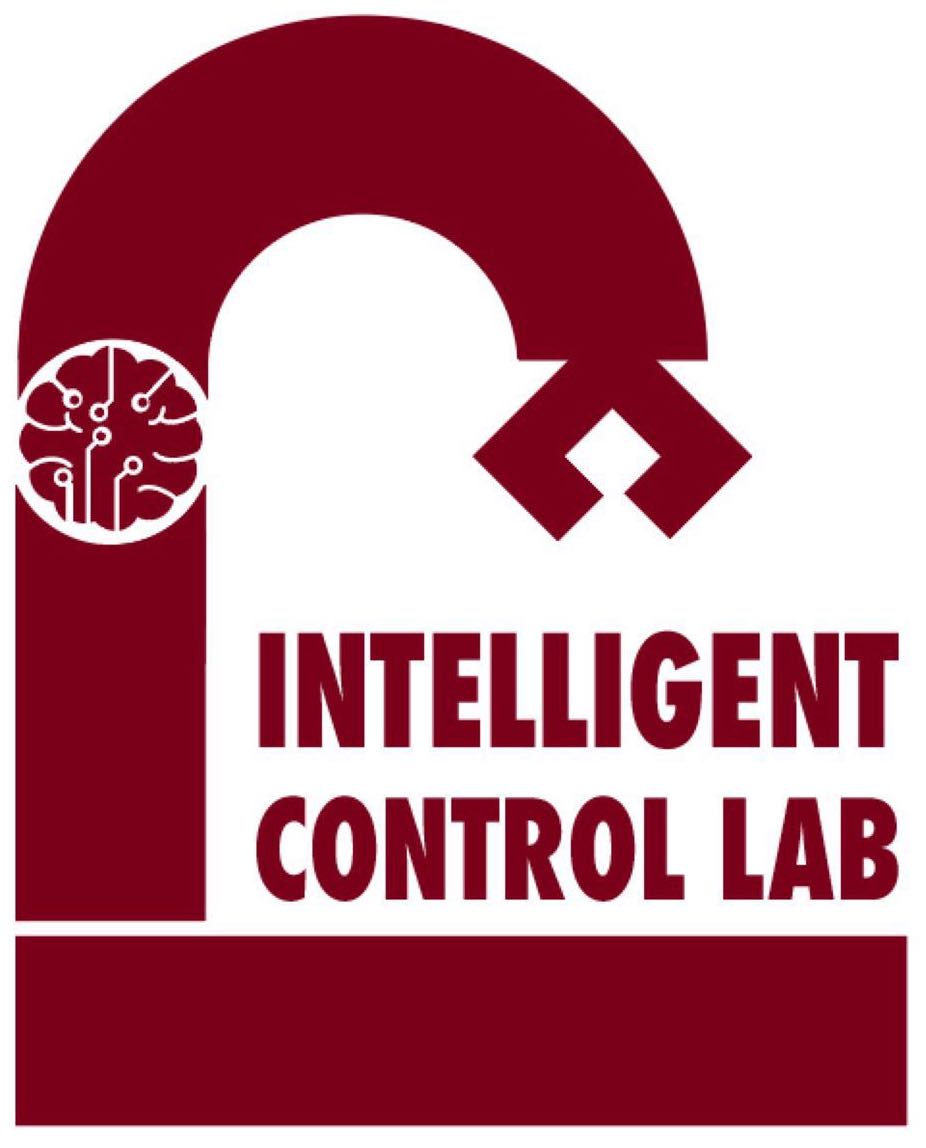News
Our Robots Wish You a Happy V Day!
Happy Valentine's Day
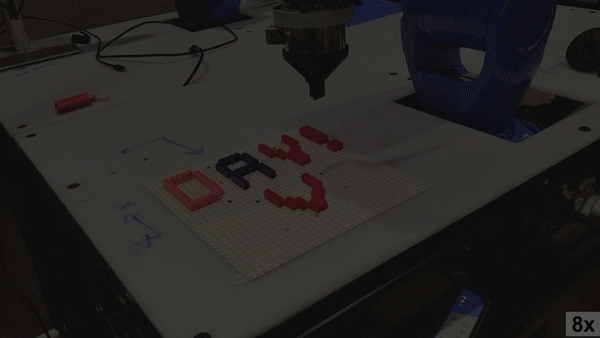
February 13, 2024
Happy Thanksgiving from ICL!
Happy Thanksgiving!
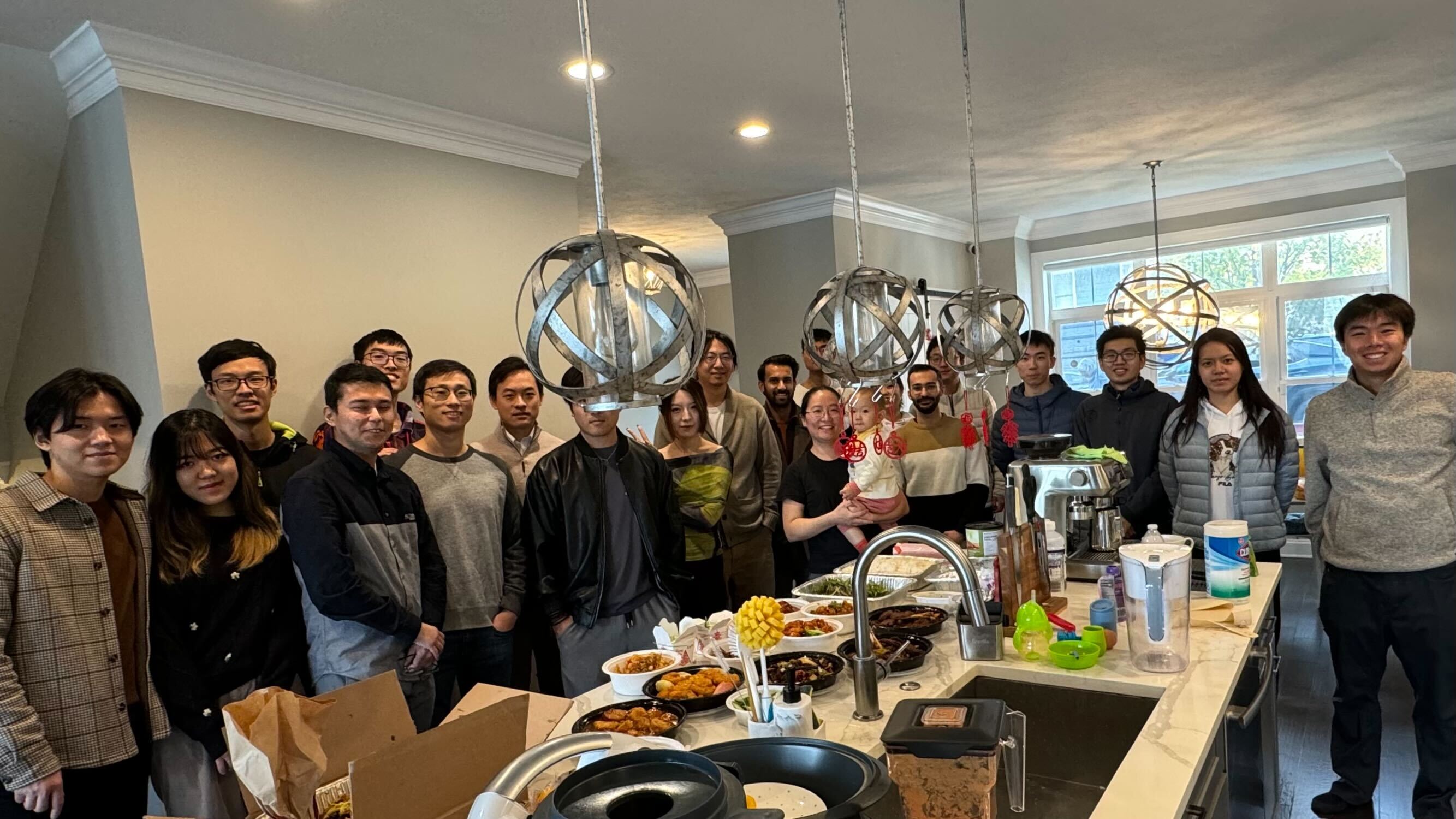
November 22, 2023
Changliu Receives the 2023 ARM Champion Award
Congratulations to Changliu for receiving the 2023 ARM Champion Award!
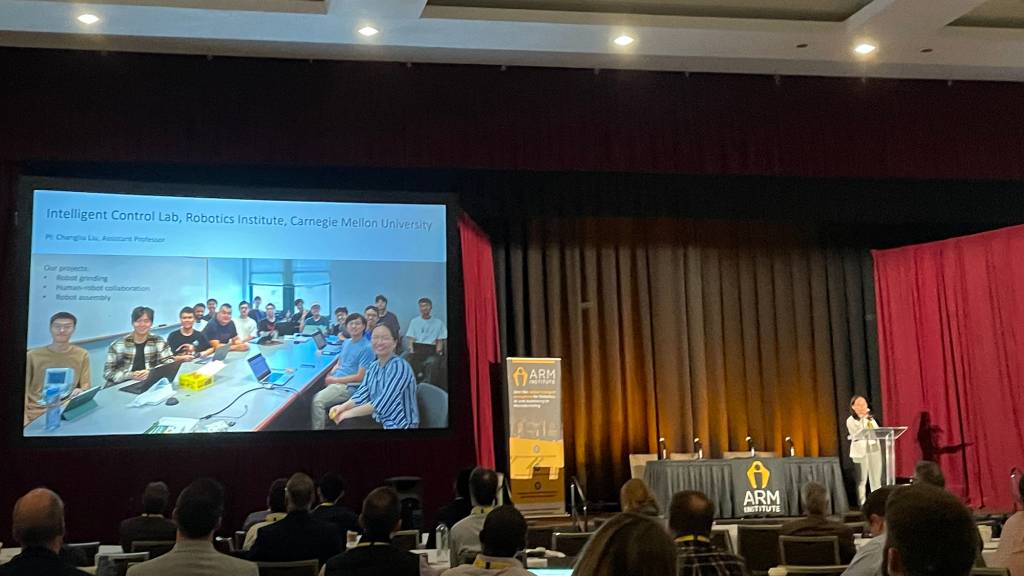
November 15, 2023
Great Robot Grinding Demo
Live demo on robot grinding at ARM Annual Member Meeting
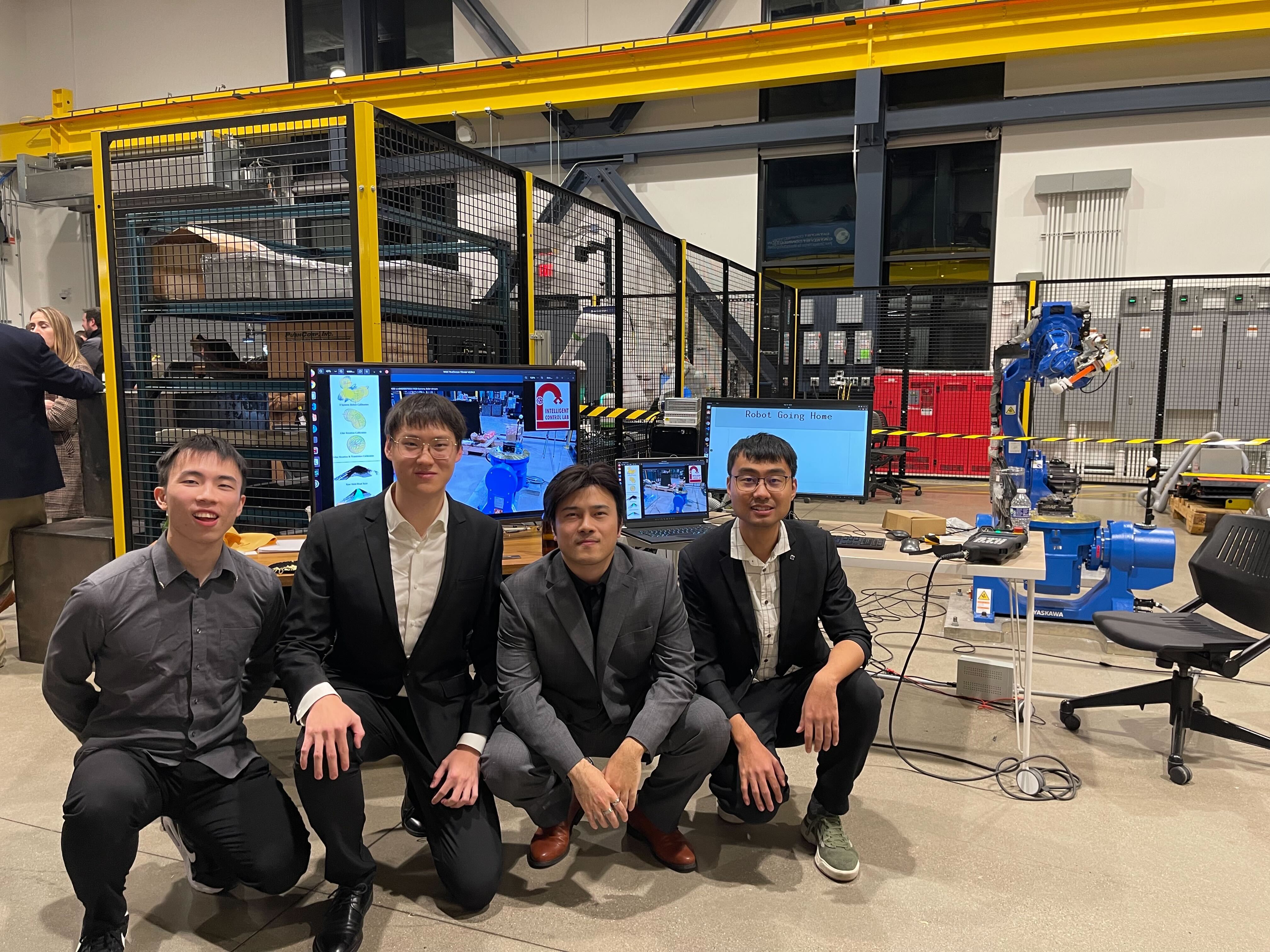
November 13, 2023
Anirudh Named Davidson Fellows
Congratulations Anirudh! Check the video here
October 12, 2023
Weiye Passed Thesis Defense!
Congratulations Weiye!
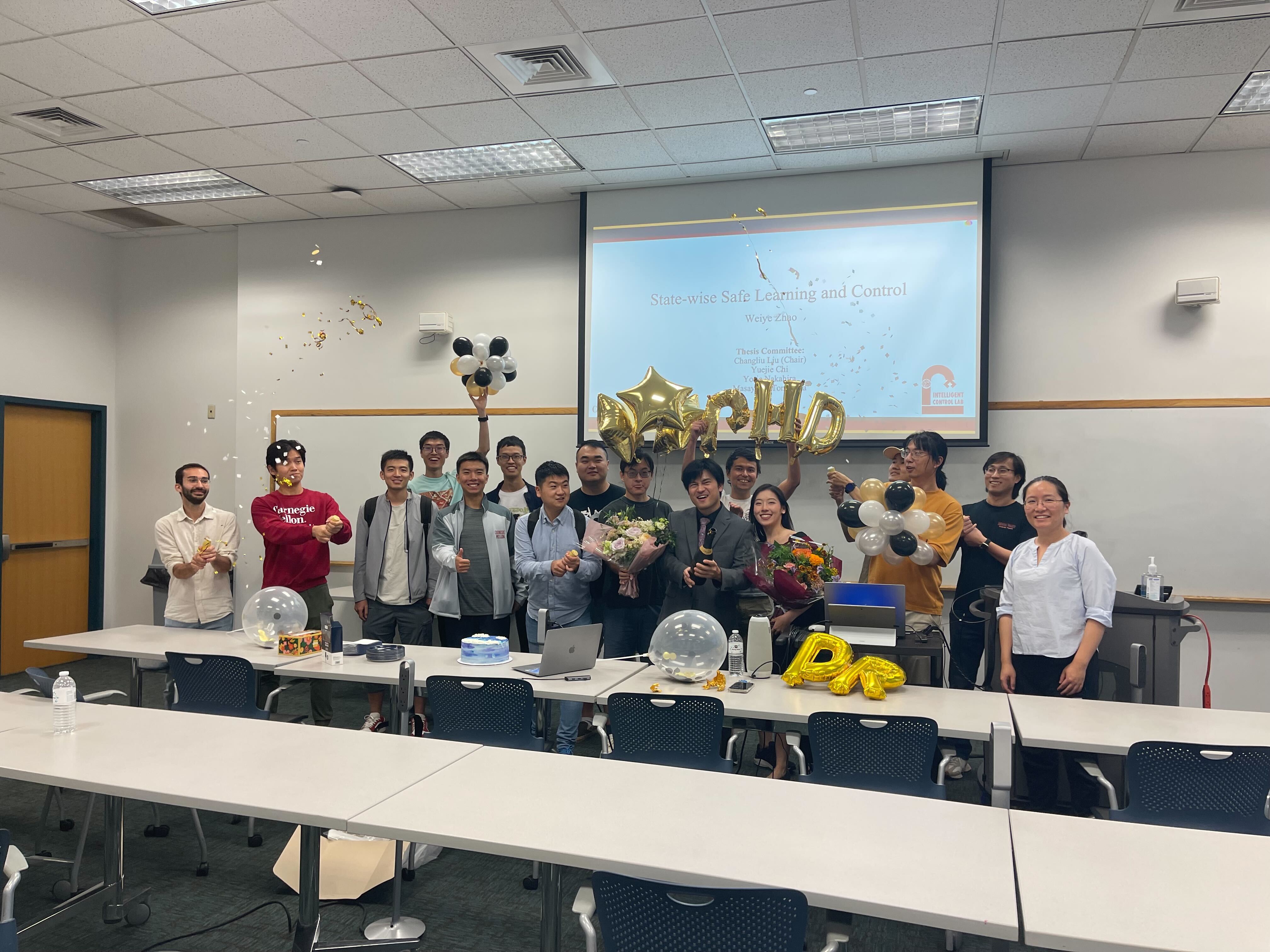
September 7, 2023
Simin Gets QualComm Innovation Fellowship!
Congratulations Simin!
July 31, 2023
ICRA Outstanding Interaction Paper Award!
Congratulations to Alvin Shek, Bo Ying Su, and Rui Chen for winning the ICRA Outstanding Interaction Paper Award.
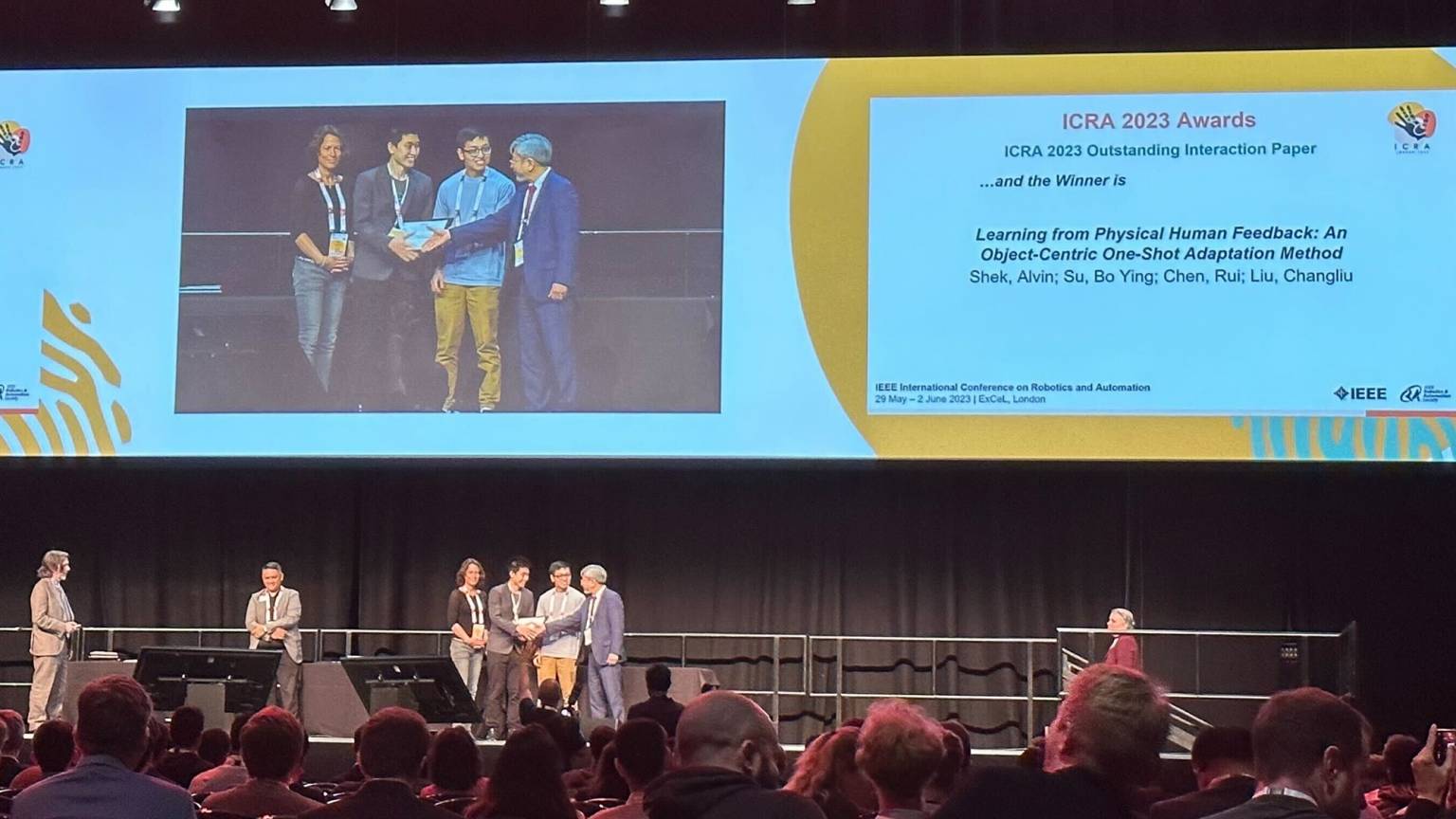
May 31, 2023
Check out the Sweater (a textile and tactile skin) on our FANUC robot
Check out the CMU news here.
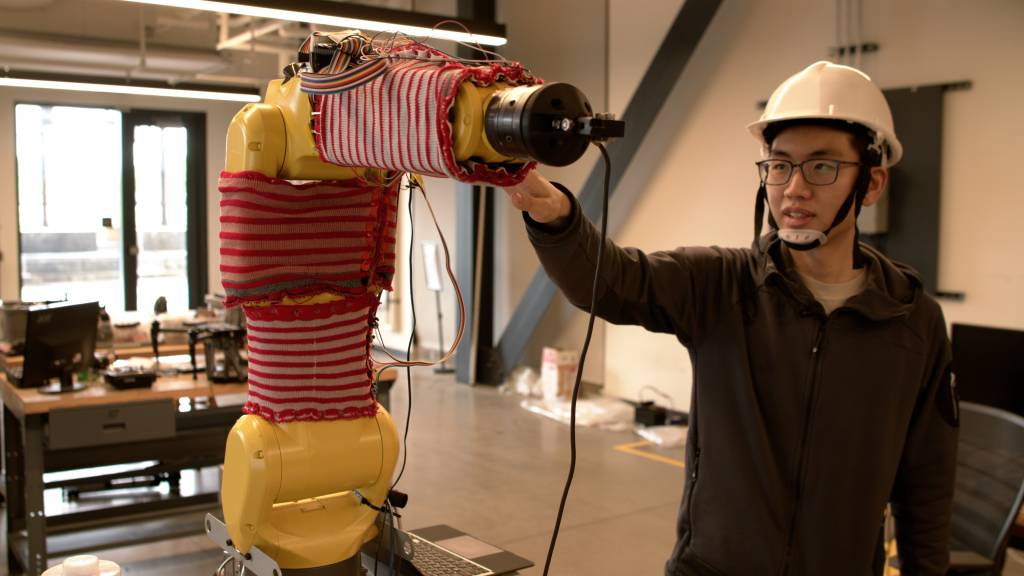
May 24, 2023
Graduation!
Congratulations to Jaskaran for his PhD degree, and Yifan for his master degree!
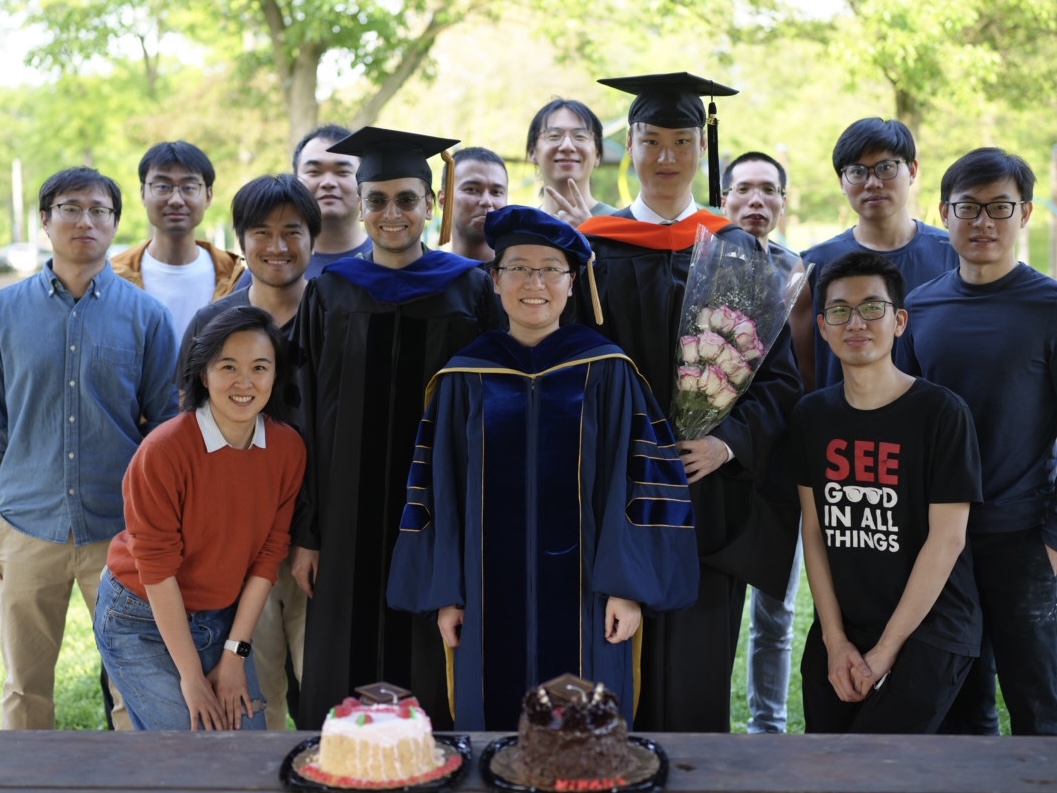
May 12, 2023
New Paper Accepted to RA-L
New RA-L paper "Robust and Context-Aware Real-Time Collaborative Robot Handling via Dynamic Gesture Commands"
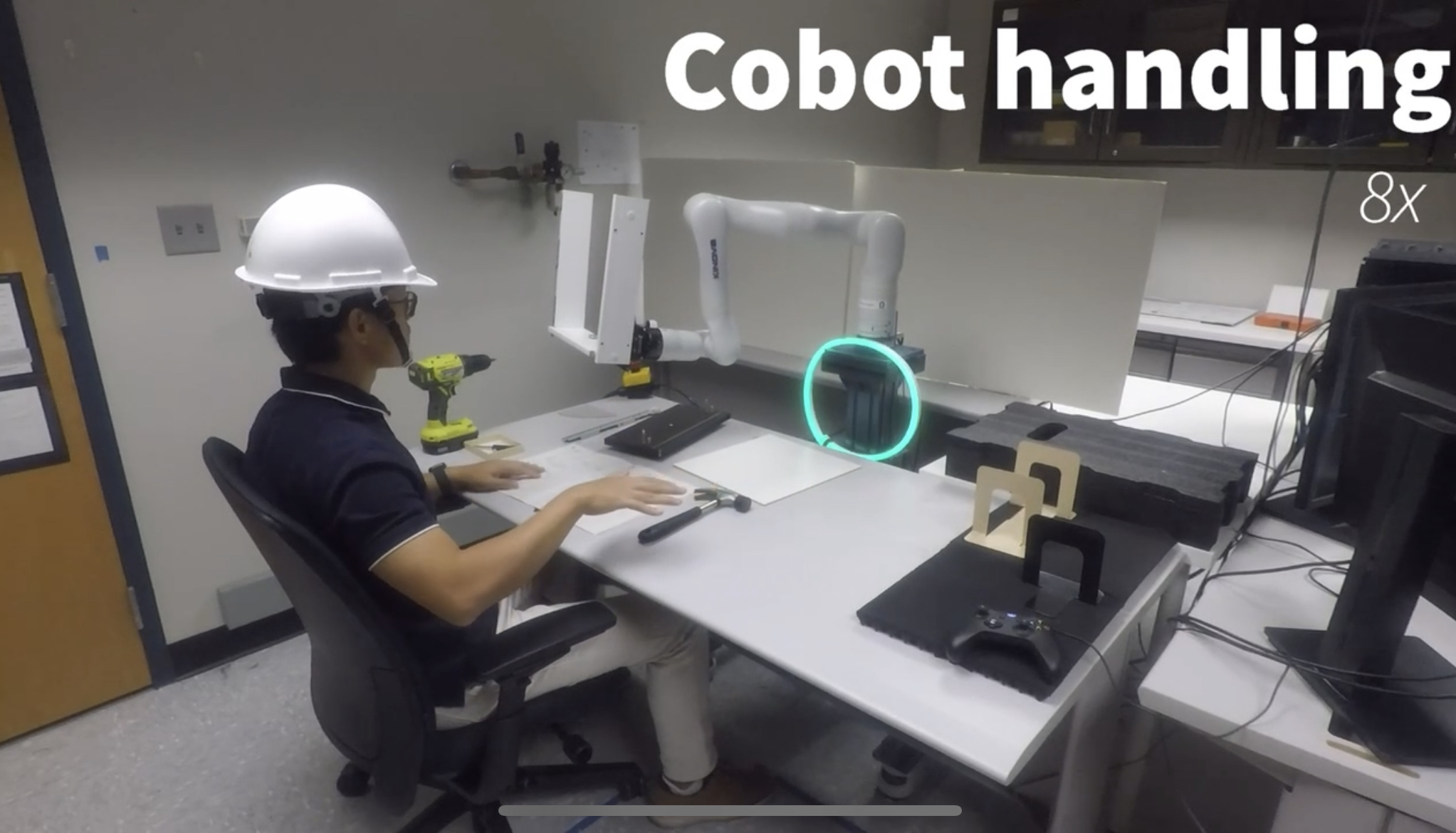
April 20, 2023
Jaskaran Passed His Thesis Defense
Congratulations to Dr. Grover, the first PhD from the Intelligent Control Lab!
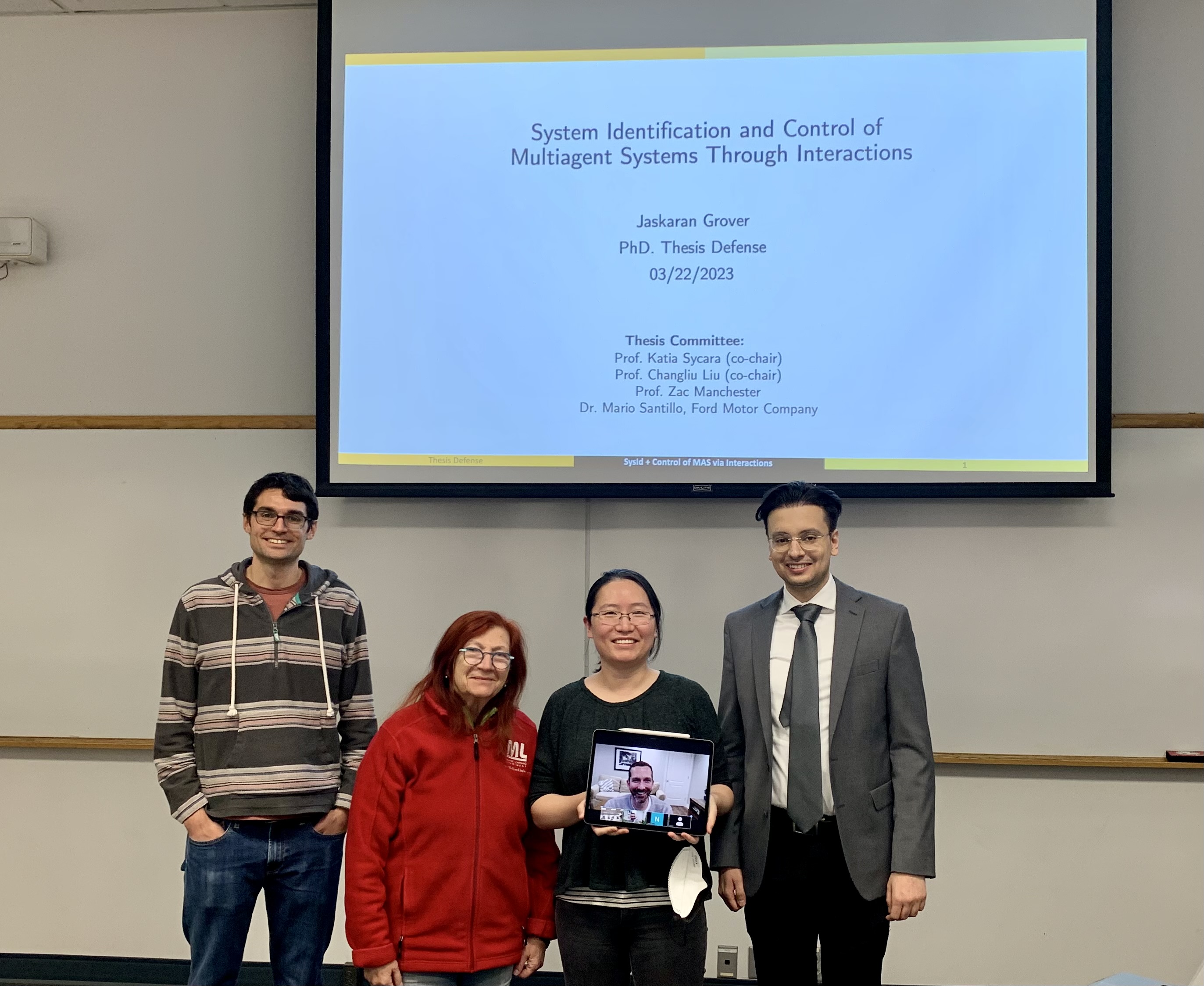
March 21, 2023
ICL Presence at CoRL 2022
Check our papers at CoRL 2022.
December 13, 2022
Ruixuan and Rui gets the CPHS 2022 Best Student Paper award! Jaskaran gets the Best Student Paper Finalist!
Congratulations to Ruixuan, Rui, and Jaskaran for the awards at CPHS 2022!
December 1, 2022
Happy Thanksgiving from ICL!
Happy Thanksgiving!
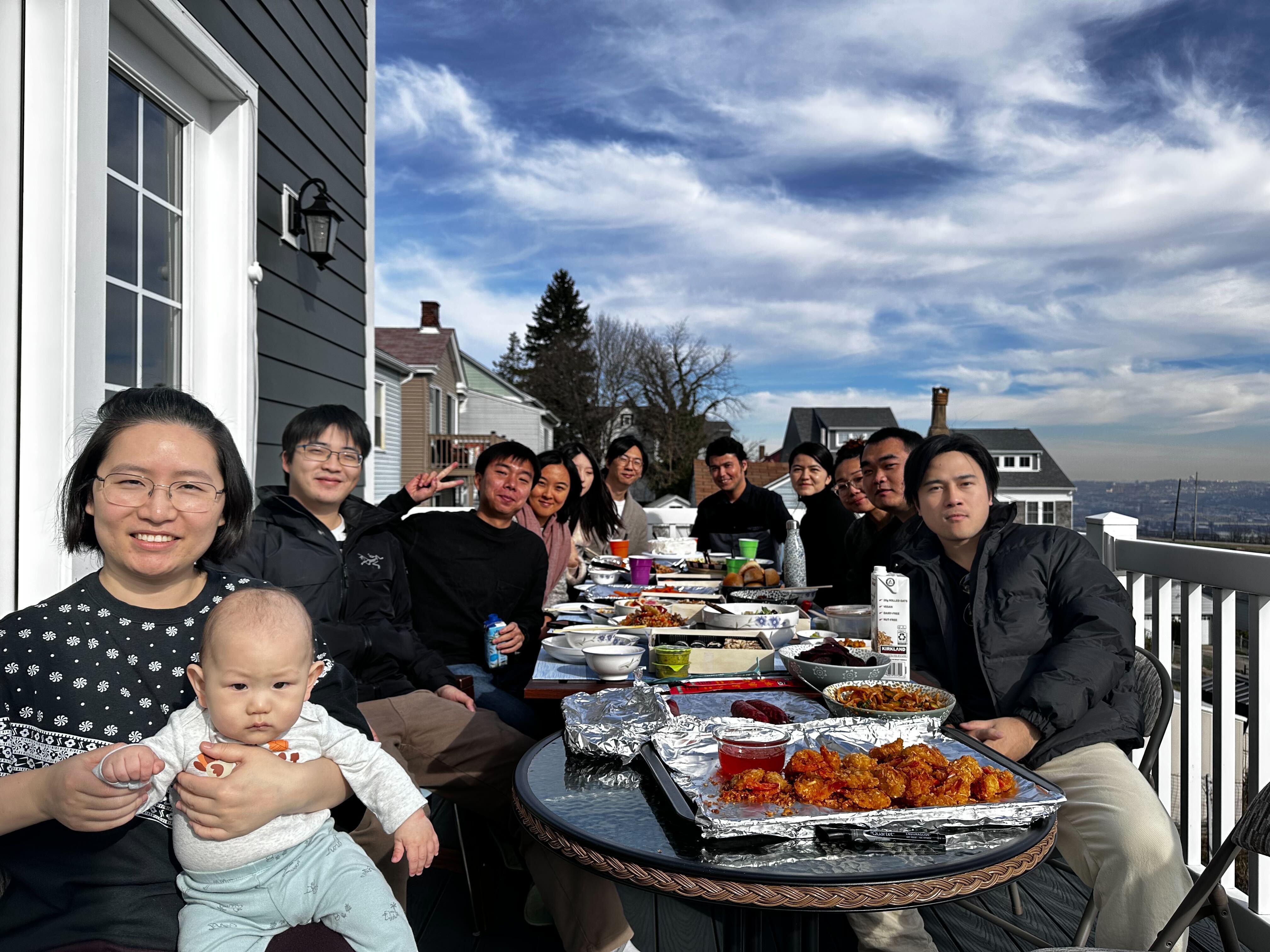
November 24, 2022
Watch Our Demo on Safe and Efficient HRC
Our recent project enables efficient and safe human-robot collaboration on a co-assembly task. The robot is able to adapt to different environments as well as accomodate various humans behaviors in order to collaborate safely and intelligently.
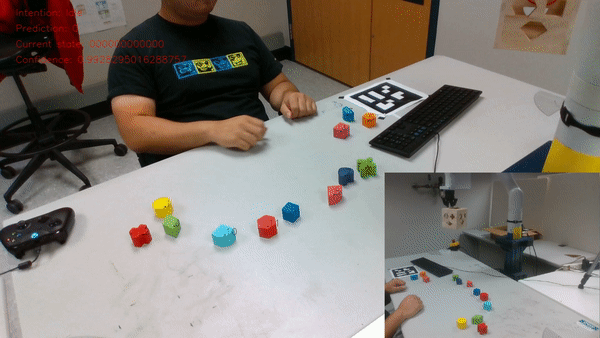
October 5, 2022
ICL Presence at AIM 2022
Check our paper
Jerk-bounded Position Controller with Real-Time Task Modification for Interactive Industrial Robots.
July 11, 2022
ICL Presence at 2022 International Symposium on Flexible Automation
Check our papers at ISFA 2022.
July 2, 2022
Task-Agnostic Adaptation for Safe Human-Robot Handover in RSS 2022 Workshop
Check our paper at RSS 2022 Workshop.
June 30, 2022
The Force Behind the Mask
The U.S. Department of Commerce’s National Institute of Standards and Technology (NIST) awarded AFFOA (Advanced Functional Fabrics of America) and 16 cross-institute collaborators over $11M in funding as part of the American Rescue Act’s Rapid Assistance (for) Coronavirus Economic Response (RACER) program. We are excited to be part of the project to automate mask production using robotics. Read more here.
April 21, 2022
Learning from Physical Human Feedback
Check our paper
Learning from Physical Human Feedback - An Object-Centric One-Shot Adaptation Method.
March 12, 2022
Virtual Lab Tour
Check out the video for a virtual lab tour here.
March 6, 2022
Congratulations Jaskaran for Passing PhD Thesis Proposal
Jaskaran passed his PhD thesis proposal for the work on "System Identification and Control of Multiagent Systems Through Interactions".
March 4, 2022
HRI Demo for President Biden
We demonstrated our work on human-robot collaboration during President Biden's visit at Mill 19.
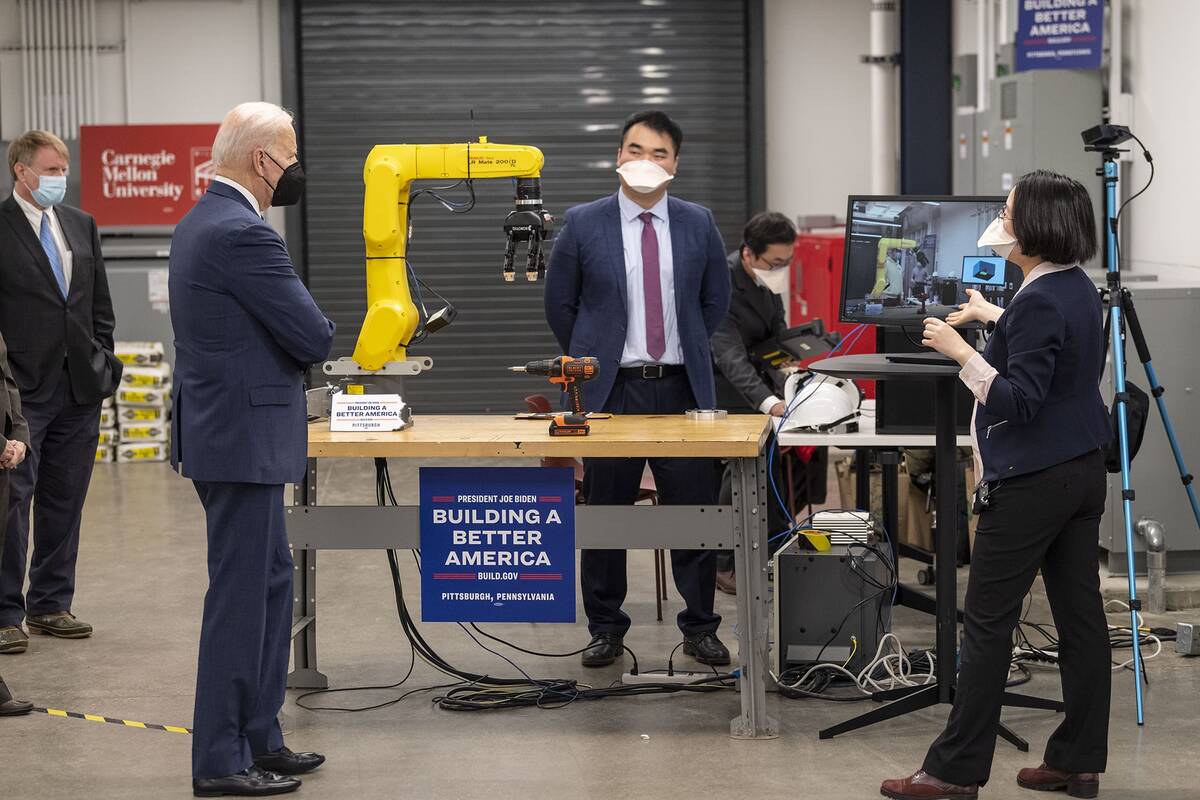
January 29, 2022
NSF Career Award!
With the support of the NSF career award, we will continue to work on safety of autonomous systems.
January 26, 2022
ATI's Article on Our Work
ATI shared the story of our project on robotic weld bead removal project. Read the post here.
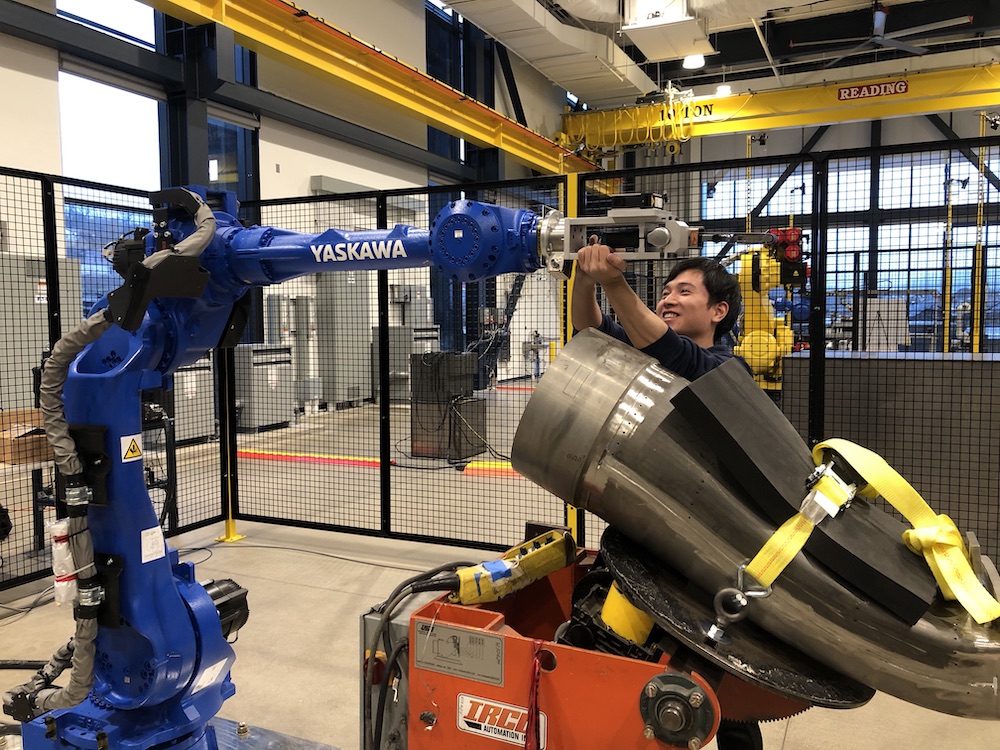
December 9, 2021
Congratulations Tianhao for Passing Qualification Exam!
Congratulations Tianhao!
November 18, 2021
Weiye Presented Our Paper in CoRL 2021
Check our paper
* Model-free Safe Control for Zero-Violation Reinforcement Learning.
November 7, 2021
ICL presence at MECC 2021
Check out our workshop on Safe Control and Learning under Uncertainty; and our papers 1) System Identification of Safe Controllers Using Inverse Optimization; 2) Safe Adaptation with Multiplicative Uncertainties Using Robust Safe Set Algorithm
October 25, 2021
ICL Mini Workshop on Recent Projects
Learn more of our recent work through the mini workshop.
August 14, 2021
Ruixuan's Master Thesis Talk on Data-Efficient Behavior Prediction for Safe Human-Robot Collaboration
Ruixuan finishes his master study on Data-Efficient Behavior Prediction for Safe Human-Robot Collaboration. His thesis can be found here. His thesis talk can be found here.
August 14, 2021
Keynote Talk in the RSS R4P Workshop
Changliu talks about our recent work on Safety-critical learning and control for collaborative robots.
July 19, 2021
2nd International Verification of Neural Networks Competition (VNN-COMP'21)
The organizers reported the results of VNN-COMP'21 on 4th Workshop on Formal Methods for ML-Enabled Autonomous Systems (FoMLAS) affiliated with CAV 2021.
July 18, 2021
Presentation Video in ECC, 2021
Find in our YouTube channel the presentation videos for the following paper.
* Flexible MPC-based Conflict Resolution Using Online Adaptive ADMM.
* Feasible Region-based Identification Using Duality.
June 7, 2021
Presentation Video in ICRA, 2021
Find in our YouTube channel the presentation video for the following paper.
* Distributed Motion Coordination Using Convex Feasible Set Based Model Predictive Control.
May 31, 2021
Congratulations Jaskaran and Weiye for Passing Qualification Exam!
Congratulations Jaskaran and Weiye!
May 19, 2021
Presentation Video in ACC, 2021
Find in our YouTube channel the presentation video for the following paper.
* Human Motion Prediction Using Adaptable Recurrent Neural Networks and Inverse Kinematics (ACC).
April 19, 2021
Talk in Lorentz Workshop "Robust Artificial Intelligence"
Changliu talks about our recent work on Verification and Adaptation of Deep Neural Networks.
January 31, 2021
Chase gets the Uber PhD Fellowship!
Chase Noren, 2nd year PhD student in the lab, gets the prestigious Uber PhD Fellowship.
December 7, 2020
Presentation Videos in CoRL, 2020
Find in our YouTube channel the presentation videos for the following papers.
* Tolerance-guided Policy Learning for Adaptable and Transferrable Delicate Industrial Insertion (CoRL, 2020).
November 13, 2020
Presentation Videos in DSCC, 2020
Find in our YouTube channel the presentation videos for the following papers.
* Contact-Rich Trajectory Generation in Confined Environment using Iterative Convex Optimization (DSCC).
* Multi-car Convex Feasible Set Algorithm in Trajectory Planning (DSCC).
October 14, 2020
Weiye gets the DSCC 2020 Best Student Paper Finalist!
Weiye's paper Contact-Rich Trajectory Generation in Confined Environments Using Iterative Convex Optimization gets the Best Student Paper Finalist in DSCC 2020.
October 3, 2020
Presentation Video in ACC, 2020
Find in our YouTube channel the presentation video for the following paper.
* Experimental Evaluation of Human Motion Prediction Toward Safe and Efficient Human Robot Collaboration (ACC).
June 23, 2020
Presentation Videos in L4DC, IFAC World Congress, ACC
Find in our YouTube channel the presentation videos for the following papers.
* Robust online model adaptation by EKF with exponential moving average and dynamic multi-epoch strategy (L4DC).
* Why does symmetry cause deadlocks (IFAC World Congress).
* Experimental evaluation of human motion prediction toward safe and efficient human robot collaboration (ACC).
June 19, 2020
We received Amazon Research Reward!
The project "Hierarchical Motion Planning for Efficient and Provably Safe Human-Robot Interactions" received 2019 Amazon Research Reward.
June 19, 2020
50% Demo for Automatic Onsite Polishing
The video here shows the recent progress of the project Automatic Onsite Polishing of Large Complex Surfaces by Real Time Planning and Control supported by the Advanced Robotics for Manufacturing Institute. This project is in collaboration with Siemens and Yaskawa.
March 31, 2020
Tianhao presented safe control in CDC
Tianhao presented the paper Safe control algorithms using energy functions - A unified framework, benchmark, and new directions in the 58th IEEE Conference on Decision and Control.
December 10, 2019
Siyan presented adaptable human prediction in AI for HRI
Siyan presented the paper Adaptable Human Intention and Trajectory Prediction for Human-Robot Collaboration in the AAAI Fall Symposium Series - AI for HRI.
November 7, 2019
We published a new book with CRC Press!
The book "Designing Robot Behavior in Human-Robot Interactions" is available here.
October 10, 2019
Jaskaran gets the Uber Presidential Fellowship!
Jaskaran Grover, 2nd year PhD student in the lab, gets the prestigious Uber Presidential Fellowship.
September 1, 2019
Tutorial on NeuralVerification.jl available on YouTube
This tutorial provides detailed instruction on how to use NeuralVerification.jl to verify various neural networks. It is available on YouTube (link).
August 4, 2019
The Difference Between Technology and Fantasy
The Robotiq Blog posted an interview with Changliu (link). In this interview, Changliu talks cobot safety, the importance of having realistic expectations of what cobots can and can't do and her vision of a manufacturing world after cobots.
July 13, 2019
CARS Workshop on NeuralVerification.jl
We will organize a workshop at Stanford on June 7 and June 10 introducing the toolbox NeuralVerification.jl.
May 16, 2019
Oral presentation in the 2019 IEEE Intelligent Vechicle Symposium
We will present our paper "AGen - Adaptable generative prediction networks for autonomous driving" in IV2019.
May 15, 2019
Visitors from Choate Rosemary Hall
A group of high school students and teachers from Choate visited the Intelligent Control Lab.
May 10, 2019
Our ICLR workshop paper received the Best Applied Paper Award
Our paper "NeuralVerification.jl - Algorithms for Verifying Deep Neural Networks" has won the Best Applied Paper award at the ICLR 2019 Workshop on Debugging Machine Learning Models.
April 28, 2019
We received a generous donation from FANUC!
FANUC donated an industrial robot arm LR Mate 200iD/7L to the Intelligent Control Lab to support our research.
April 15, 2019
Webinar "Algorithms for Verifying Deep Neural Networks" available on YouTube
The webinar is available at this link.
April 2, 2019
Preprint "Algorithms for Verifying Deep Neural Networks" available on ArXiv
This paper surveys emerging algorithms to verify whether a deep neural network satisfies certain input-output properties.
March 17, 2019
